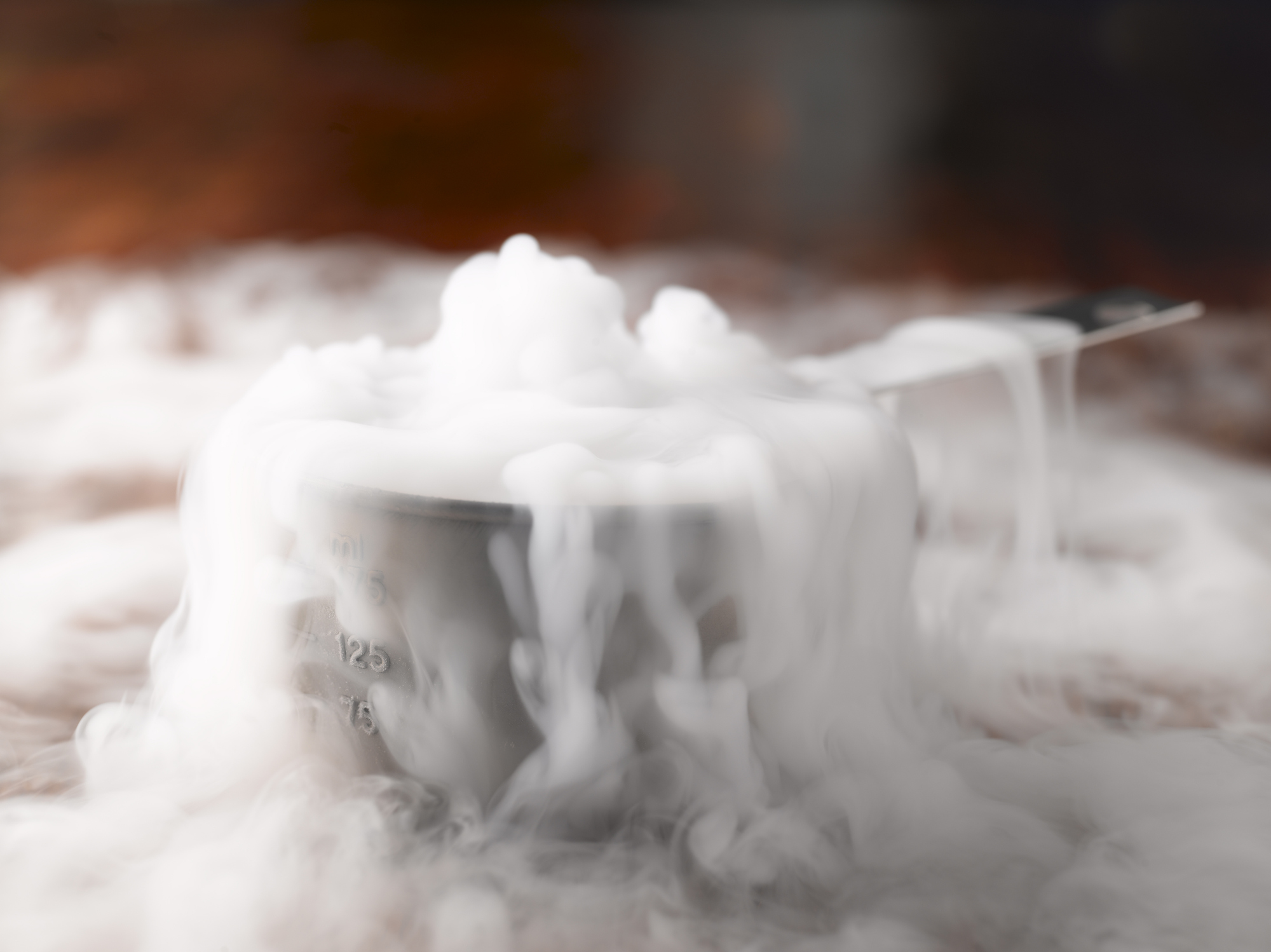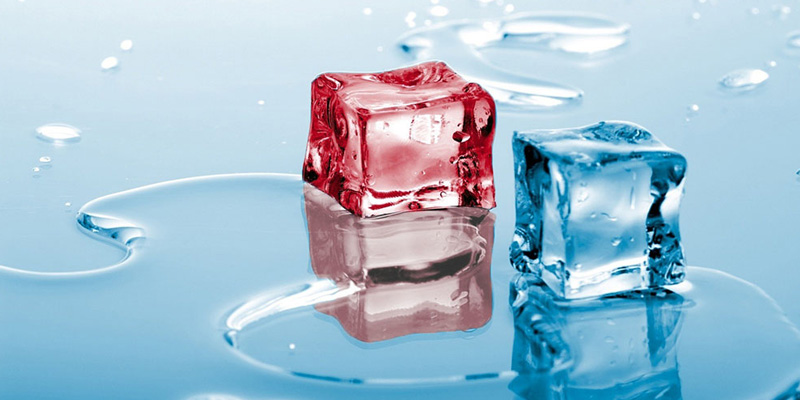Water was the first thing that appeared on Earth, we ourselves are 80% water-free, water surrounds us everywhere and in everything, and it would seem, what don’t we know about it? It flows, evaporates, rains on us, has 3 basic states, and we drink it every day. But there are 10 interesting facts about water that you probably don’t know.

Burning Water
Water can not burn, we are all used to it since our childhood, because water on the contrary extinguishes fires. But water is a great solvent and it can contain many substances, including flammable. There are natural sources with high methane content in water. And if you bring a fire, then the gas emitted from the water will ignite, visually it will seem that the water itself is burning. At the same time, it burns, as the proverb says, with a blue flame. By the way, in the distant Middle Ages, fires caused by lightning were extinguished not with water, but with milk, considering such a fire a manifestation of higher forces.
Temperatures of boiling and freezing water
It seems to be simple because water freezes at zero degrees Celsius and boils at one hundred degrees. That’s what they teach at school, all physics classes rely on this knowledge as an inviolable postulate. But there are conditions under which water can freeze even at 20 degrees above zero and boil already at 75 degrees Celsius. If water is saturated with more methane, its density will decrease and the pressure inside the liquid will drop, resulting in a higher freezing temperature. Water boils at 100 degrees, but this is only correct for normal atmospheric pressure. And if you go up into the mountains, where the atmosphere is more rarefied, boiling will occur much earlier, so with every 300 meters ascent the boiling point of water decreases by about 1 degree. In a vacuum, water will boil even at 30 degrees Celsius!
Water as an antidepressant

“Water-water, wash off without a trace” says one of the old proverbs, known to many since childhood, designed to help cleanse with water from bad moods and sadness. On the one hand, funny, but surprisingly effective. All of us periodically fall into a state of apathy, depressed fatigue attacks us. Everyone knows that a bar of chocolate helps to improve the mood, but few people know that ordinary water can also help. If you have two glasses of water inside, take a bath or at least wash your face, and you will feel a rush of strength and vitality, and the moping, shrinking, will take away its tentacles from you.
The Cleanest Water
Many would say the commonplace truth from childhood, the purest water is hidden in the glaciers, where under the thick top layers of ice it has been preserved untouched and safely protected from all external factors for thousands of years. But it is not easy to get to it, and not all countries have access to glaciers. And among the countries in the ranking of the cleanest water according to the latest data, first place goes to Finland. The cleanest water, like all the treasures of this world, is hidden underground, in this case, in underground springs. Artesian water is more than 40 meters deep and has a great taste.
Dry Ice

As one form of water is known to be solid, we are all used to calling frozen water ice. But not everything that looks like ice is frozen water. Dry ice is a frozen gas, which does not turn into a liquid when heated, but evaporates immediately. Touching dry ice will not only be cold, but one can get a burn, which is comparable in sensation to touching a red-hot metal. The temperature of dry ice is -78.5 degrees Celsius. By the way, water even in the state of ice still continues to evaporate.
The state of water
Since school we have all been taught that water comes in three states: liquid, solid and gaseous. But it turns out that scientists have discovered many more states and water can appear in more than 20 states. Five of these are liquid and fourteen are solid, only the gaseous state of water remains unified and unchanged.
Types of Water
It would seem that water and water, in appearance always the same, transparent. But science does not doze off and has identified more than 1,300 different types of water. There are several criteria by which water is classified. One of them is the origin of water: melted water, fresh water, rainwater, sea water, groundwater, mineral water, waste water, distilled water. For example, water can be divided into soft and hard according to the calcium and other minerals it contains.
Walking on water
There are both songs and parables about walking on water, but does it take place in reality? Yes. One of the species of lizards belonging to the genus Basilisk is able to move on the water surface thanks to the incredibly fast strokes of its hind legs. Just imagine how fast the limbs must move, and from the side you can see the lizard in an upright position moving on the water surface.
Which water freezes faster?

If you take two glasses, one with hot water and one with cold water, and place them in the refrigerator, which water will freeze faster? The answer just begs for it. It seems that the cold water will freeze faster, because it has already cooled down and made part of the way that the hot water has yet to do. But this is not the case, it has been experimentally established that it is hot water that freezes faster. Now we would like to write here an explanation of why this happens, but so far even scientists have not agreed on why this is the case. Just another amazing property of such a familiar to us all substance.
Water not available to everyone
You got used to that water is always at hand, it pours from the tap, it is sold in stores, and wanting to get clean water you use filters, you buy it in any store or order it at home in huge bottles. But did you know that more than one billion people do not have access to clean drinking water? The problem is so massive that the best minds in the world have been racking their brains to solve this global problem for decades.